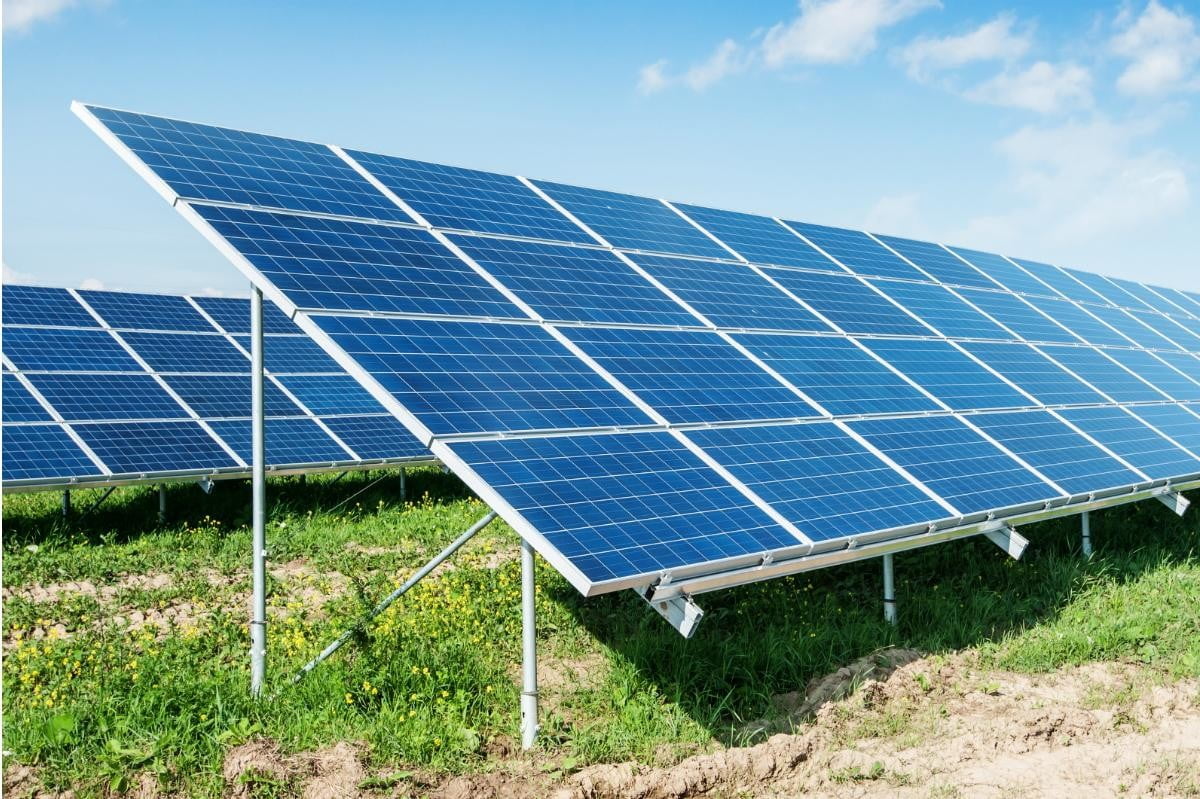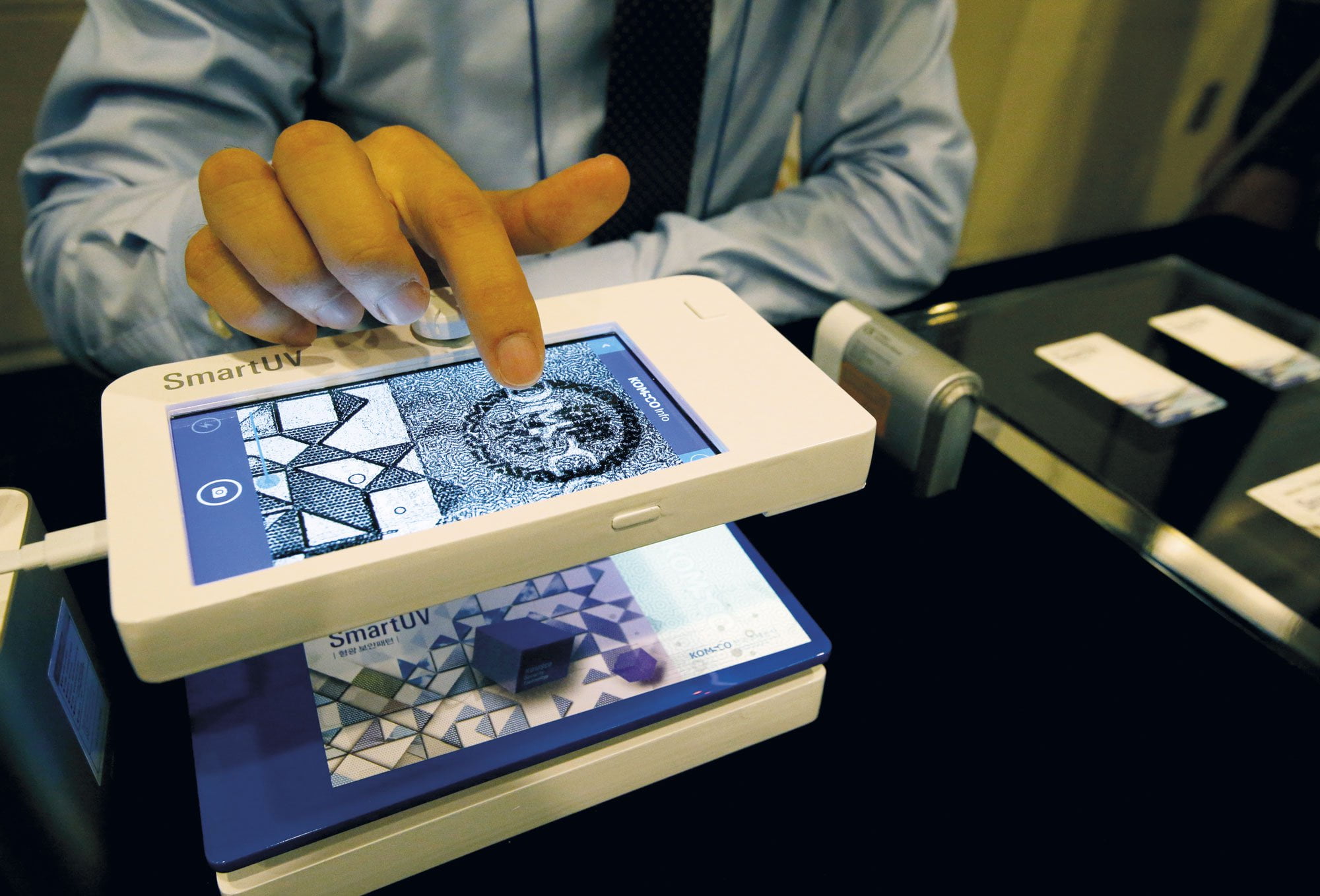
It is an exciting time in solar power for substances scientists. Dye-sensitized solar cells are narrowing the performance hole, carbon solar cells have grown to be a reality and transparent solar cells have become practical. Despite these traits, there’s nonetheless considerable room for 1/3 era sun cell technology to improve. In order to recognize where sun research is heading, we want to explore where it began and how it works. This article will gift current breakthroughs in transparent solar cells in their ancient context and provide an explanation for the fundamentals of this promising generation.

News and Background
Since Michael Gratzel’s landmark paper on dye-sensitized solar cells in 1991, obvious cells were a promising region of photovoltaic studies. This idea guarantees reasonably-priced, clean to install, electricity generating home windows in our close to future. Up until lately, the properties of such gadgets had remained too susceptible for them to be sensible. Most importantly the efficiency of obvious cells couldn’t compete with the crystalline era, which remains the king of the sun. Crystalline panels have 18% common performance, almost double that of skinny film, its nearest competitor. This is a long way beyond the 1% efficiency of most obvious cells. Though obvious cells, and different third technology technologies, are not very green or long lasting, they can be flexible, easy to install and have unique physical properties. Part of the purpose those cells lag at the back of is that they’re a notably new subject of observe. Fortunately, the few years have shed light on some novel strategies which have brought obvious photovoltaics toward the market.
In 2011, a research paper from MIT by using Bulovic, professor of electrical engineering, and Lunt, put up doctoral researcher, offered a mobile with incredible houses. The group’s natural solar cell became 1.7% performance and greater than 65% transparency. While this turned into a crucial end result that made worldwide information, the mobile’s efficiency was still alternatively low and compound balance worries nevertheless existed. These are chronic troubles in organic photovoltaic cells, whose materials are less green than silicon and degrade quickly with use. However, the new sun cellular advanced at UCLA has taken big steps to enhance performance.
UCLA researchers’ modern-day PV publication describes a new plastic photovoltaic cell, which has an efficiency of four% and nearly 70% transparency. These are both milestones. 70% is a file for photovoltaic transparency and, while four% won’t appear to be much, understand that skinny film solar cells have a mean of 10% efficiency. Considering the clean implementation, excessive efficiency and transparency of those cells, we can also have photoelectric shows and home windows earlier than we notion. Yang Yang, the professor who led the study, said: “These effects open the capacity for visibly transparent polymer solar cells as add-on components of transportable electronics, clever windows, and constructing-included photovoltaics and in different applications.”
Technology
Transparent sun cells operate using the same mechanism as extra commonplace solar panels to provide energy: the photovoltaic effect. Incident light on a semiconductor is transformed into energy by selling electrons to the conduction band. These electrons then create a present day as they journey among the cell’s front touch and back contact. Transparent cells range from crystalline and thin movie panels in that they take in only non-visible mild, which include infra pink and ultraviolet. Most seen wavelengths, which lie among 400nm and 700nm, pass through the cloth unimpeded. This allows us to peer thru the mobile. In addition, the cells are often bendy considering the fact that they’re now not made from silicon wafers and feature efficient manufacturing methods, inclusive of rolling, that produce big economies of scale.

Many distinctive designs and materials are used to make obvious photovoltaic cells. Naturally, a key part of the generation is ensuring that no visible mild is absorbed. Plastics, composite and an entire host of distinctive materials were used to do this. In the case of the UCLA have a look at, a close to-infrared photoactive polymer became used. The cellular, therefore, produces a maximum of its electricity from infrared light. This means that it’s far notably reliable, generating a few strength even in dark conditions. Unfortunately, the fabric stays rather unstable. The researchers had been not very involved about this, saying that some extra research should amplify the cellular lifestyles considerably.
Often 1/3 generation technology, inclusive of transparent solar cells, use titania (TiO2) nanoparticles to improve their efficiency. This fabric is plentiful and very effective in solar cells. The UCLA cell is no exception. The cellular’s conductor, that is completely transparent, consists of a silver nanowire movie doped with titania nanoparticles. Not most effective does the cloth have top-notch optical properties, it is also inexpensive to provide thru solution processing. Many have pointed to this conductor as a key element to the tool’s success. Previous designs protected opaque conductors which, pretty evidently, did not make for excellent transparent photovoltaic cells.
Applications
The glass is anywhere. You can locate it on constructing’s windows, greenhouses and nearly any digital tool. The transparent photovoltaic material can be used in all of these packages to produce smooth, dependable energy. A predominant benefit of these types of capacity uses is that there aren’t any extra mounting or set up costs. For example, whilst new windows are needed in a building, obvious sun cells can be update glass panels for a little or no greater fee. Solar glass is a smooth choice for groups as the cells, which can be probable to be very cheap, will lower their electricity expenses. Unlike crystalline and skinny film panels, experts do not even need to be called in for set up.
The utility attracting the most severe interest is portable digital displays. Cell phone batteries are notoriously brief lived. Most of our gadgets run out of power below a week. By in part recharging our gadgets the usage of transparent solar presentations, battery life can be extended and electricity consumption (from the grid) reduced. Designs have already been made wherein the cellular could reside immediately on the display screen, beneath the capacitance degree, taking into account customers to keep using their telephones as touch monitors. An enterprise known as Wisps has recently been advertising this concept. Many also believe that the cells can be correctly established in skyscrapers and different big corporations that have a variety of home windows and sunshine. 3M has their personal transparent solar cell that they are planning to pitch to authorities and corporate homes.
It may be sometime earlier than this era makes it into the common families, but this will probably manifest in the end. Many houses have home windows that face the equator (south inside the northern hemisphere, north within the southern hemisphere) and could welcome lower power bills. Buying a grid tie inverter for solar home windows may impose a further value at the property owner, but it would now not be very sizable. Note that if the character already has a disbursed power supply, adding sun windows becomes even extra simple.

One region that few humans have discussed is using this era in crystalline sun panel glass. Low cost and durable transparent cells may want to complement present-day sun era by way of growing the range of wavelengths of mild that are absorbed. Crystalline silicon has a band hole of around 1 eV, meaning it converts light from near-infrared with the greatest efficiency, however also absorbs radiation with frequencies as much as that of blue visible light. The UCLA mobile, which runs especially on infrared mild, may not be complementary to this technology, but a cell with an extraordinary band hole is probably. By combining the 2 technologies, the efficiency of panels might cross up, lowering the cost of sun strength.
















